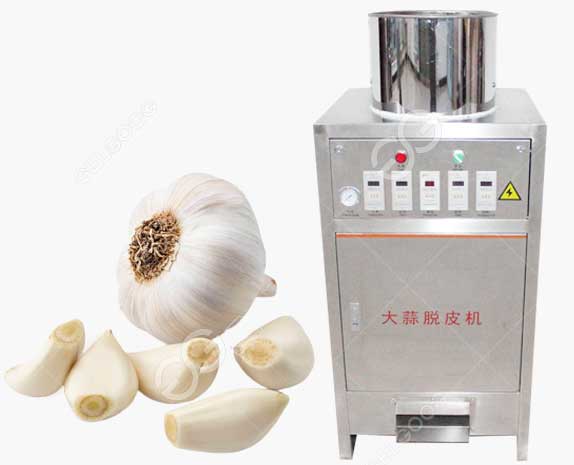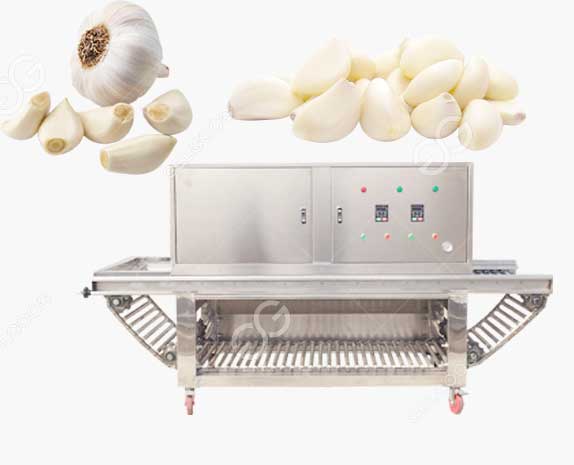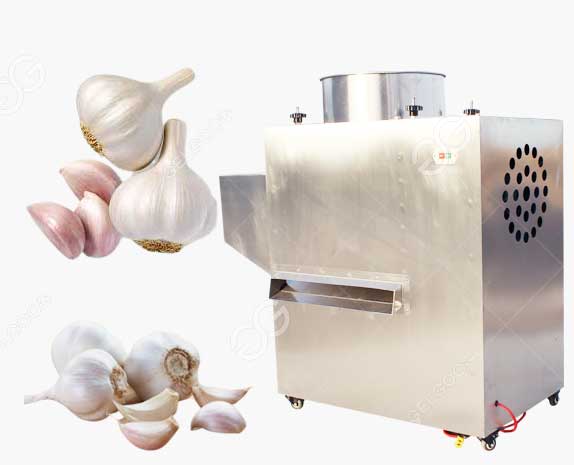Seaweed is a marine plant that grows in the shallow waters of the beach and is mainly used to extract carrageenan, which has a gelling effect. The Philippines, with more than 7,000 islands, is rich in aquatic resources and is one of the few countries in the world with stable seaweed production. In recent decades, with the advancement of seaweed farming and processing technology and the implementation of Philippine government support policies, the Philippine seaweed industry has grown from scratch and gradually developed into a major industry that has made significant contributions to foreign exchange earnings through exports, increased employment and poverty reduction.
1. Basic situation of Philippine seaweed industry
Although the seaweed industry in the Philippines has the advantages of the right time and place, its development process has not been smooth sailing. With the expansion of the international seaweed market and the advancement of seaweed farming and processing technology, the growth of the Philippine seaweed industry can be roughly divided into four stages:
(1) The initial stage before the 1970s. At that time, the seaweed processing capacity was only 800 tons, and people only collected wild seaweed. Surprisingly, foreign markets are very fond of it, and the demand for seaweed is increasing every year, which led to over-harvesting in the mid-to-late 1960s and a sharp drop in the supply of raw materials. Subsequently, Philippine researchers developed the seaweed cultivation technology, which was popularized and applied on a large scale. Large-scale cultivation can be carried out in coastal waters, and the seaweed production has since established a foundation for steady growth. It can be said that the development and application of seaweed farming technology in the late 1960s was a turning point in the development of Philippine seaweed processing into an important industry.
(2) The growth stage in the 1980s. At that time, Marine Colloids Philippines, Inc. first developed the technology of extracting carrageenan from seaweed, which changed the situation that the Philippines could only export seaweed raw materials in the past, and created a new stage of seaweed processing and commercial development. Since then, Shemberg Marketing Corporation, the first comprehensive carrageenan refining plant in the Philippines with relatively mature seaweed processing technology, began to sell carrageenan to Western Europe, Japan and Australia in 1986.
(3) The stagnation stage in the early 1990s. From the 1980s to the early 1990s, due to the low price and wide range of uses of Philippine seaweed products, they were quite popular in the European and American markets, which caused resistance from seaweed producers in European and American countries, saying that it contained toxins, which triggered a debate on whether natural grade carrageenan in the Philippines is harmful to human health. The debate has seriously affected the fate and future of the Philippine seaweed industry. At that time, the seaweed industry in the Philippines was clouded and morale was low, and the seaweed production dropped from 76,000 tons in 1990 to 66,000 tons. In July 1991, the US Food and Drug Administration (FDA) made a decision to accept Philippine natural carrageenan as a food additive and allow it to enter the US market after scientific certification. At the same time, the Pharmacopoeia Nutrition Commission (CAC), an international food hygiene agency jointly established by the World Health Organization (WHO) and the Food and Agriculture Organization of the United Nations (FAO), approved the entry of Philippine natural carrageenan into the list of food additives and the international coding system, code number It is E407a, and stipulates that for human health, the allowable daily intake of Philippine natural carrageenan is 0-20 mg per kilogram of body weight.
(4) The stage of rapid development since the 1990s. Since the above-mentioned breakthroughs in seaweed cultivation technology, the development of seaweed extraction technology, and the removal of international market barriers have been overcome, the seaweed industry in the Philippines has developed rapidly. It has more than doubled, becoming the fifth largest supplier of algae in the world and the second largest product in Philippine aquatic product exports.
2. Characteristics and uses of Philippine seaweed products
There are five species of seaweed in the Philippines, named: Eucheuma, Caulerpa, Sargassum, Gelidiella, and Gracilaria. Among the five species of seaweed, only Eucheuma can be cultivated on a large scale and has a high content of carrageenan. Other types of seaweed can only be collected wild , The output stability cannot be guaranteed. At present, about 70-80% of the carrageenan in the world is processed with Eucheuma. The Philippines is currently one of the few countries in the world that have mastered Eucheuma artificial breeding technology. Generally speaking, when referring to Philippine seaweed products, they mostly refer to: dried seaweeds (Dried Seaweeds) that are dried with Eucheuma, and crude seaweeds extracted from Eucheuma as raw materials. Carrageenan or Semi-refined Carrageenan or Philippine Natural Grade Carrageenan and Refined Carrageenan.
According to the regulations of the Bureau of Product Standards of the Ministry of Trade and Industry of the Philippines, the quality requirements of dried seaweed are: the maximum humidity does not exceed 40%, the content of salt and sand does not exceed 35%, the content of impurities does not exceed 5%, and the content of clean anhydrous seaweed is not less than 20%; The quality requirements of carrageenan are: the maximum moisture content is 16%, the inorganic content does not exceed 30%, the maximum acid-insoluble inorganic content is 1%, and the minimum viscosity in a 1.5-fold solution at 75% Celsius is 56 centipoise , the maximum content of arsenic is 3 mg/kg, the maximum content of lead is 10 mg/kg, and the total amount of heavy metals including lead does not exceed 40 mg/kg.
Seaweed can be eaten directly, can be used to make fertilizer and animal feed, and can also be used as a raw material for refining alginate, agar, carrageenan and other industrial products. In fact, the most widely used is to extract carrageenan. Therefore, when referring to the use value of seaweed, the use of carrageenan is generally mentioned.
Carrageenan is a jelly-like pale yellow or brown to white odorless and sticky alkaline powder. Many people call it the magic powder from seaweed. It can be used as a gelling agent, emulsifier, stabilizer, salad dressing agent, etc. It is of great value for products that need to gel, suspend, thicken and absorb water. Its use can be divided into two categories: food and non-food (From the perspective of world demand, 70% of them are currently used in food): one is food additives. Food processing companies use its moisture-proof, seasoning, bonding and gelling effects to improve the quality and taste of poultry, ham, sausage and other meat products, and to make meat cans and shrimp and fish products form gels; carrageenan It is also used in dairy products and desserts to keep cheese and seasonings poured on the food in a fixed shape; carrageenan can also keep cream, cheese, and yogurt in suspension rather than sedimentation, such as adding carrageenan to ice cream Carrageenan, which prevents whey from separating from crushed ice crystals; carrageenan also makes jellies and pie fillings solidify and maintain a stable solid state; carrageenan is even used in chocolate drinks. The second is accessories for daily necessities. Carrageenan can improve the stability and concentration of shampoo foam, and can make lotion and skin care cream feel smooth and delicate; carrageenan can also improve the foam stability of toothpaste; carrageenan can also be used to make Film emulsion. In addition, in medicinal capsules, ointments, rubber products, air fresheners, paints, pigments and coatings, textile raw materials, foam pads, soaps and other products, it will play a wonderful role in icing on the cake. As technology advances, more new uses will continue to be discovered.
3. Production and export of seaweed products in the Philippines
Under the support of the Philippine government and the guidance of supply and demand in the international market, the structure of Philippine seaweed products has gradually improved, and the original situation of exporting seaweed raw materials has changed. bigger and bigger.
From the perspective of cultivation, the Mindanao region in the southern Philippines is the most important seaweed cultivation base.
From the perspective of seaweed processing and export, the Visaya region in central Philippines is the processing and export base of seaweed.
From the perspective of the export market, Philippine seaweed products are mainly exported to European and American countries. The five countries that import the most seaweed products from the Philippines are: Denmark with US$15.5702 million, of which dried seaweed is US$4.0591 million and carrageenan is US$11.5111 million; France is US$10.8558 million, of which dried seaweed is US$5.4085 million and carrageenan is US$5.4473 million US$7,852,100 in the United States, including US$5,081,400 in dried seaweed and US$2,770,700 in carrageenan; US$4,170,100 in the United Kingdom, all of which is dried seaweed; US$1,665,800 in the Netherlands, all of which is dried seaweed. The above-mentioned seaweed products exported to the five countries totaled US$40.114 million, accounting for 28.93% of the total export value of seaweed products.
4. The Philippine Seaweed Industry Association and its main manufacturers
(1) Seaweed Society of the Philippines (SIAP). Founded in September 1985, the association is headquartered in Cebu Province, a seaweed processing base. It is mainly responsible for promoting the development of the Philippine seaweed industry and market development, assisting in seeking and implementing preferential policies and financial support from the Philippine government, and developing and promoting seaweed farming and processing technologies. , Maintain the normal order of the seaweed farming, acquisition, processing and export industry chain, etc. At present, the current members include: 115,500 seaweed farmers (involving a population of 1.0179 million), 76 seaweed purchasers, 12 seaweed dried exporters and 15 seaweed processors.
(2) SHEMBERG MARKETING CORPORATION. Founded in Mandawi City, Cebu Province in 1966, it is the largest and most technologically advanced seaweed processing plant in the Philippines and Southeast Asia, ranking second in the world's seaweed industry.
(3) MARCEL TRADING CORPORATION. Established in Quezon City, Luzon Island, Philippines in 1969, started seaweed processing and export business in 1979.
(4) MARINE COLLLOIDS PHILIPPINES, INC. is located in Mandawi City, Cebu Province, Philippines. It is the first company in the Philippines to develop seaweed farming technology and carrageenan extraction technology, and has made important contributions to the development of the Philippine seaweed industry.



